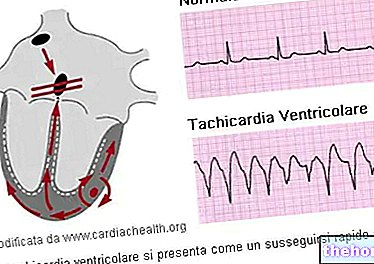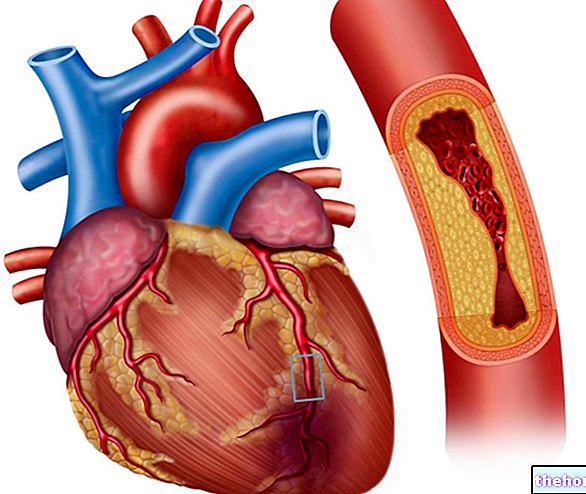Generality
Bacterial endocarditis is an infection that affects the endocardium or the valvular surfaces (native or prosthetic). If not treated promptly, it can seriously damage heart tissue and cause other serious complications.

Diagnosis
The diagnosis of bacterial endocarditis can be complex, as the clinical signs at onset can vary greatly and be common to other pathological conditions. Fever, weakness, chills and other flu-like symptoms may be the only manifestations with which it presents.
Diagnosis of endocarditis is based on the evaluation of clinical signs and the outcome of various investigations, which may include blood tests, urinalysis, echocardiography and computed tomography (CT). During the tests, the patient may be hospitalized. to monitor the evolution of the clinical picture.




























